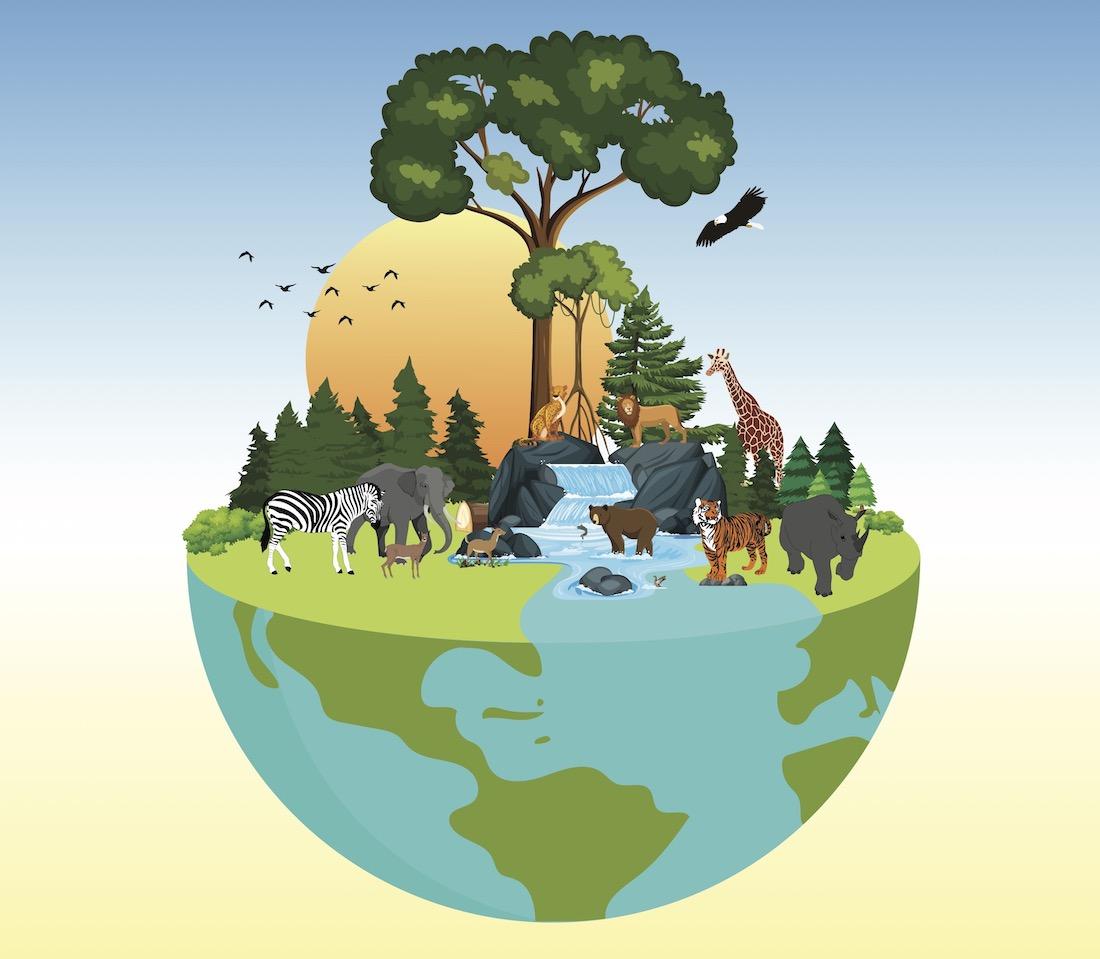Getting to the other side of the biodiversity crisis
A 4-pronged strategy can turn the tide of species extinction.

Unless you’ve been hibernating, you know that planet Earth is in the midst of a full-blown, global-scale biodiversity crisis. Biodiversity refers to the total number of organisms across the planet that are present in ecosystems, species and genes.
Across the past 500 million years of Earth’s history, there have been five previous biodiversity “extinction” crises that have wiped out vast pools of living things. Earth’s recovery from these previous known extinctions (none of them caused by humans) has averaged 10 million years. A growing number of scientists and authors have concluded that we have entered the sixth extinction crisis — and this one is attributable to human activities.
Three facts amplify the speed and scale of our expanding biodiversity crisis:
- Humans have already exterminated 83 percent of known wild mammals and about one-half of all identified plants and extensively changed two-thirds of marine environments. One million species are at risk of extinction in the next several decades — a rate tens to hundreds of times higher than the average over the past 10 million years.
- In its 2022 Living Planet Report, WWF has reported an average 69 percent decline in the relative abundance of monitored wildlife populations around the world between 1970 and 2018.
- Biodiversity loss is accelerating from climate change through its impacts from higher atmospheric greenhouse gas concentrations, species migration, intensification of forest fires, movement of invasive species, and acidification and warming of marine environments. While these adverse outcomes are not solely explained by climate change, the latter is increasingly a “force multiplier” of widening impacts.
Business as usual for biodiversity protection
…click on the above link to read the rest of the article…